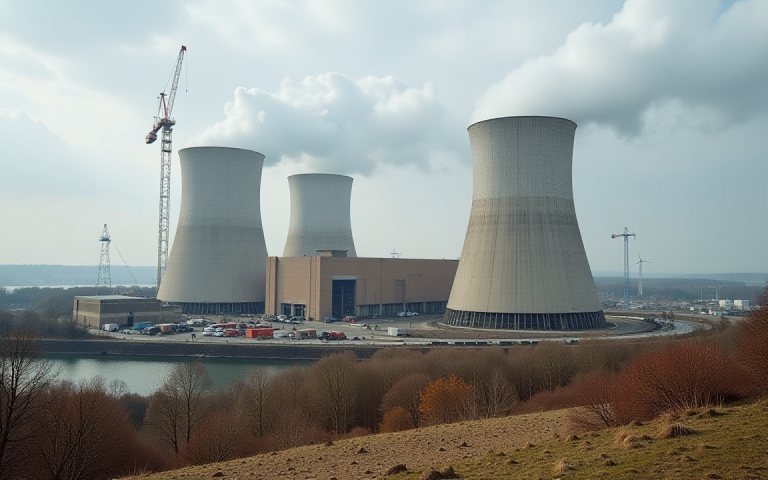US nuclear power generation is projected to increase, according to Wood Mackenzie analysts, as the growing power demands of data centers put a strain on national grids, leading a number of technology companies to secure zero-carbon energy agreements.
The global energy landscape is currently experiencing a significant resurgence of interest in nuclear power, driven by a confluence of pressing challenges.
A recent cascade of announcements regarding substantial investments in nuclear energy projects underscores this renewed focus.
A prominent example is the $80 billion partnership forged between the US government and the owners of Westinghouse Electric, signaling a robust commitment to the sector’s revitalisation.
This escalating interest in nuclear power is not without reason.
Addressing energy demands and challenges
The power industry is grappling with unprecedented demands and profound shifts.
One of the most significant factors is the exponential increase in electricity consumption, largely fueled by the proliferation of energy-intensive data centers essential for the digital economy.
Simultaneously, rising global temperatures are exacerbating the need for reliable, low-carbon energy sources to mitigate climate change.
Furthermore, the accelerating trend of electrification across various sectors – from transportation to industrial processes – places additional strain on existing power grids.
Nuclear energy, with its capacity to provide a consistent, large-scale, and carbon-free power supply, is increasingly being viewed as a crucial component in addressing these multifaceted energy challenges and ensuring future energy security.
“Technology companies are now becoming energy providers by necessity to meet this growing demand, especially in the US, where nuclear power is emerging as a preferred solution,” Lindsey Entwistle, principal research analyst at Wood Mackenzie, was quoted in a Reuters report.
This week, NextEra Energy partnered with Google to resume operations at an Iowa nuclear plant.
This collaboration follows similar agreements made by other major tech companies, such as Microsoft, which has also invested in next-generation nuclear technologies.
Capacity and data centers
While many nuclear power plant constructions are underway, their completion will take time, according to Entwistle.
Wood Mackenzie anticipates that US nuclear generation will hold steady until 2035, followed by a 27% increase by 2060.
Global data center power demand is projected to reach 700 TWh in 2025 and then surge to 3,500 TWh by 2050.
This 2050 figure is equivalent to the current combined electricity consumption of India and the Middle East, according to the firm’s latest energy transition outlook.
Concurrently, global nuclear capacity is anticipated to expand from its current 400 GW to a range of 800 GW to 1,600 GW by 2060.
According to James West, managing director at Melius Research, small modular reactors (SMRs) are considered more affordable and faster to construct.
They can also be situated alongside data centers, eliminating the necessity for extra power infrastructure.
The nuclear industry faces significant hurdles to remain competitive, including project and permitting delays, cost overruns, and a shortage of skilled labor.
Entwistle noted that securing policy support and funding for initial projects will be a hurdle for emerging technologies such as small modular reactors.
The post Wood Mackenzie predicts 27% boost in US nuclear output post 2035 appeared first on Invezz

